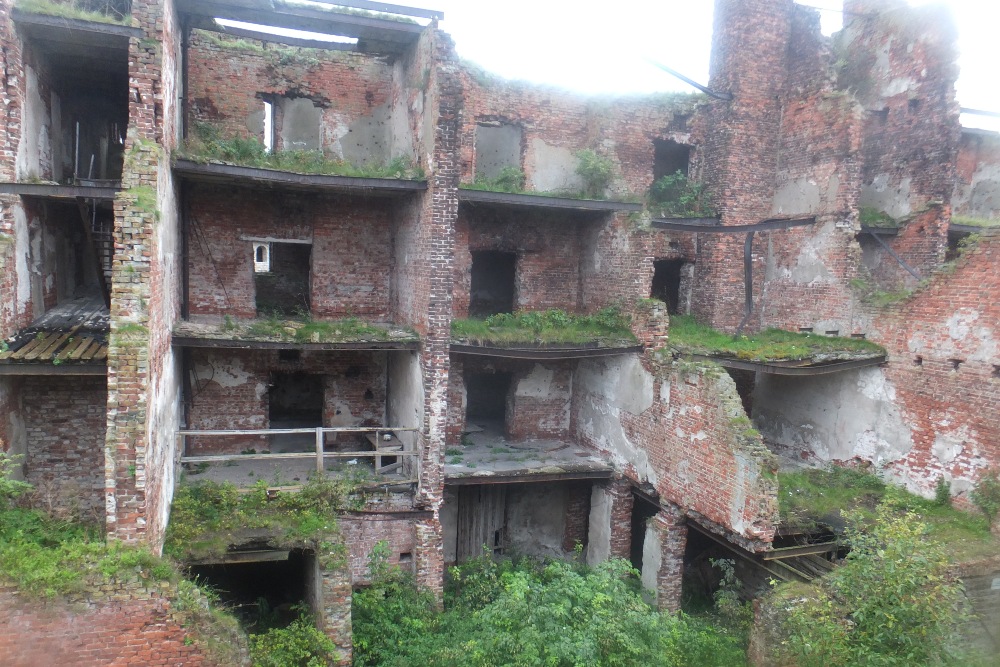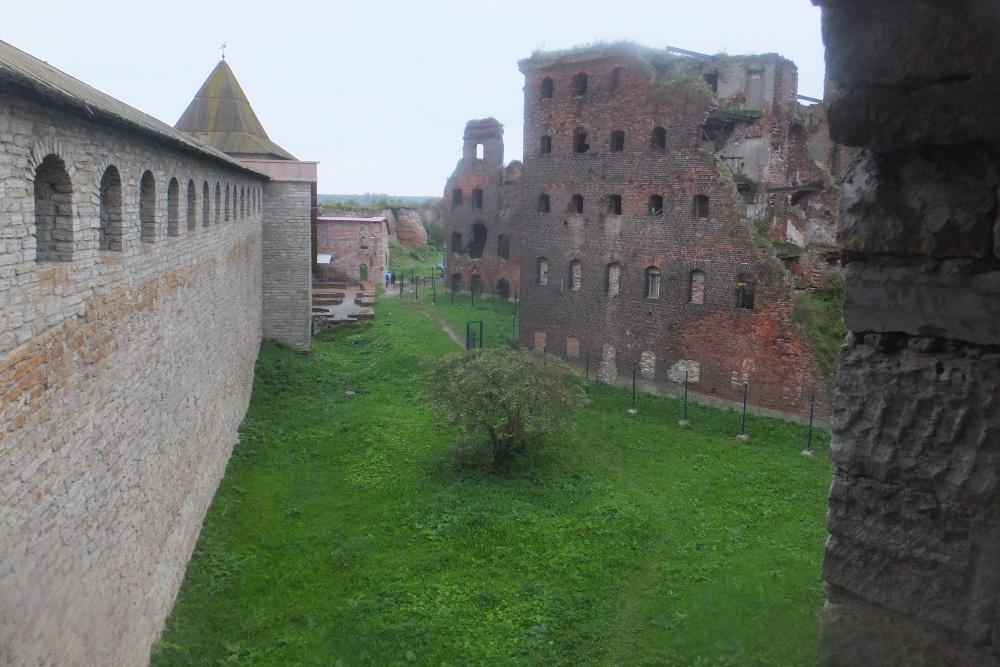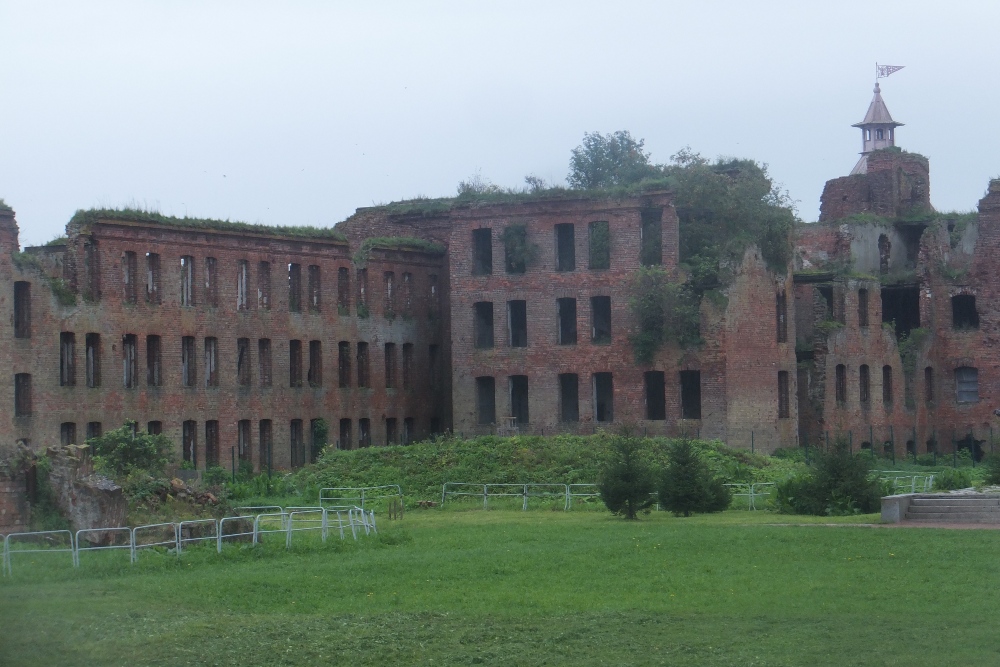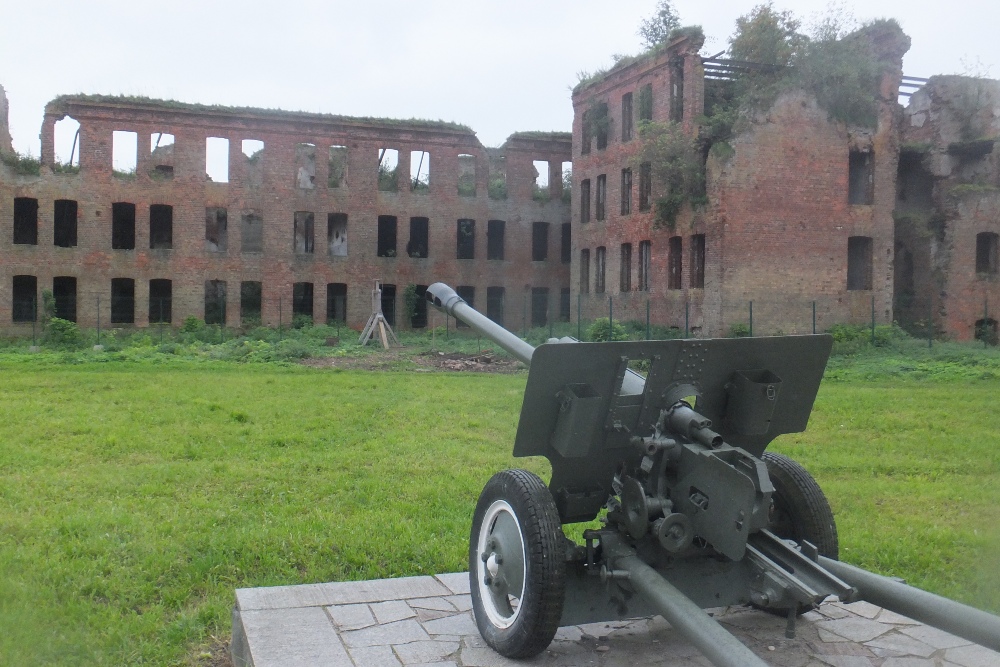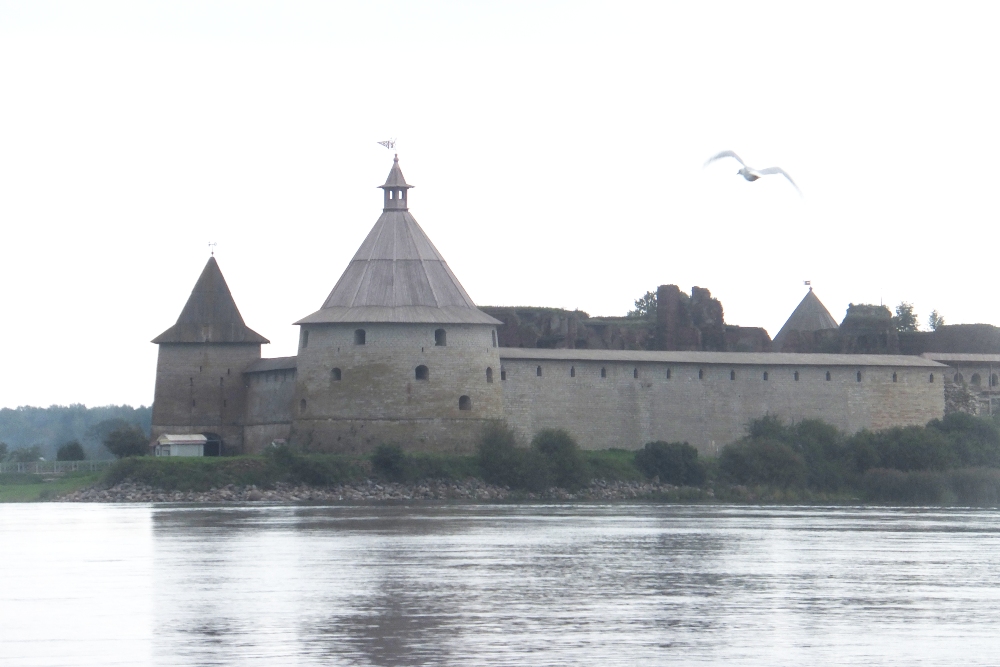Oreshek Fortress
Introduction:
During World War II, a few hundred Russians would put up a valiant defense in Fort Oreshek on a small island in Lake Ladoga. For more than a year, these hardened Soviet soldiers would survive thousands of German shells, much to Hitler's frustration.
Fort Oreshek is located on one of the more than 600 islands in the famous Lake Ladoga, about 45 kilometers northeast of the metropolis of St. Petersburg.
History:
The strategic importance of the tiny island was already noted in the Middle Ages. In the 14th century a first fort was built. It was a strategic place to guard both the Baltic Sea and the hinterland at the point where the Neva River starts from Lake Ladoga.
In the year 1702, Peter the Great founded Sjlisselburg grafted on the German shlusselburg (key-fortress). This city is still located on the other side of the island. The Tsar was very Western-oriented and gave the coastal town a German name, not knowing how ironic that choice would become centuries later.
Key to Success:
As early as September 1941, the Nazis captured the city of Shlusselburg and advanced along Lake Ladoga. The intention was to surround and take St. Petersburg, Russia's second city. From that moment on, it could only be reached by water (the lake) and by air. Tens of thousands of the city's inhabitants would starve to death. The island just off the coast with Fort Oreshek was there for the taking for the Germans but would remain inaccessible. In the days when the fortress was surrounded, thousands of German bombs were dropped on the old Tsarist fortress and largely destroyed it. The Russians not only held the fort but also caused great losses in personnel and ammunition to their attackers.
Due to the location of the fortress and the presence of Russians, Leningrad could not be completely closed off. More than a million Russians would be evacuated from St. Petersburg. Mostly on what would come to be known as the Road of Life, a very dangerous route across the ice. Goods could also be delivered over this road despite constant German shelling. In January 1943 the Russians managed to break through and the siege was broken. The fort had been under fire for nearly 500 days.
After the war, the fort served as a prison for many years.
Visits:
Today the fort serves as a museum and you can visit it. From Shlusselburg there is a (museum)-boat leaving every half hour. The exteriors of the wall and the towers have been largely renovated, but parts of the old fortress can also be seen in its original (read: largely destroyed) state.
You can take a look at the large black monument that would stand on top of a mass grave containing the mains of 24 Russian soldiers. Many information panels, Russian war equipment and a museum full of clothes, photos and items from wartime can be seen there. On the outside of the fortress you can take a walk along Lake Ladoga and look for former cannon foundations.
Both the fortress and the center of Shlusselburg are on the UNESCO World Heritage List.
Do you have more information about this location? Inform us!
Source
- Text: Cheapskatetravel
- Photos: Cheapskatetravel.nl
